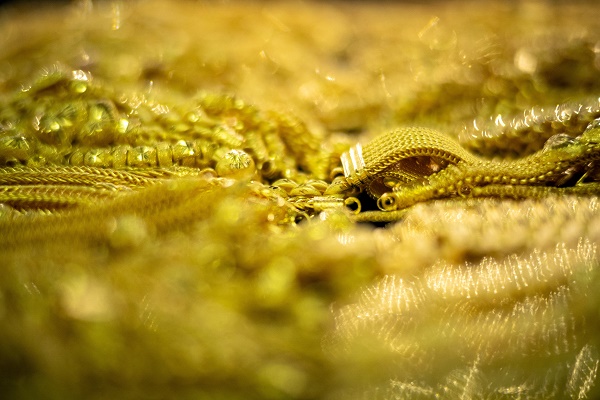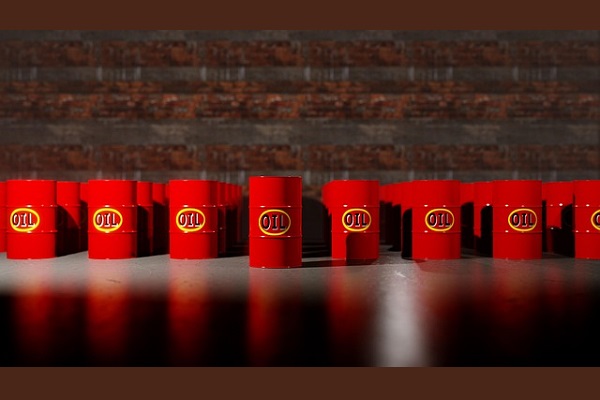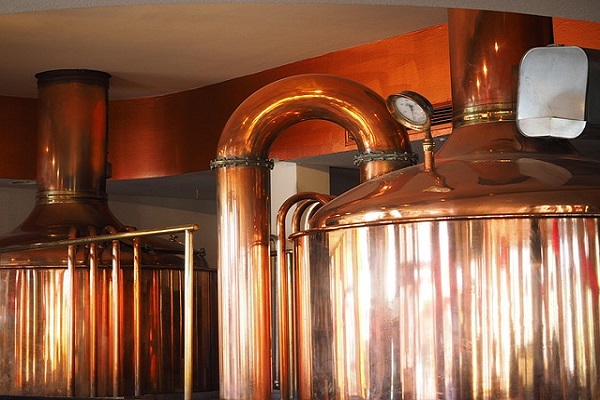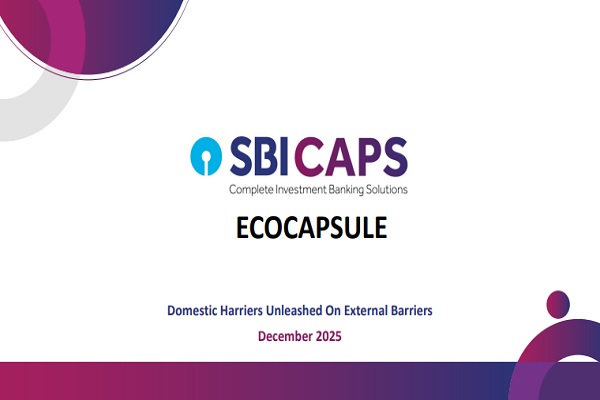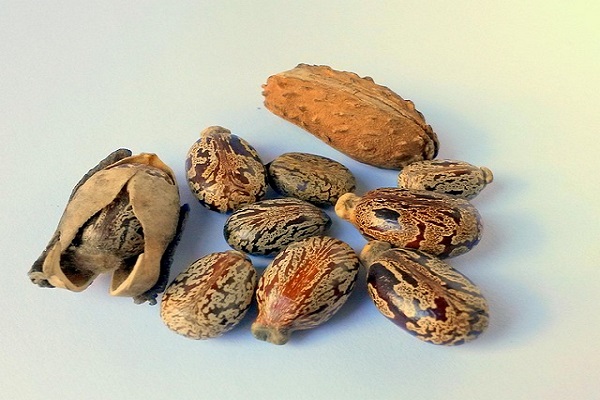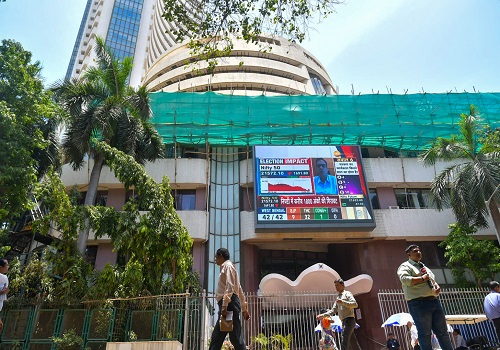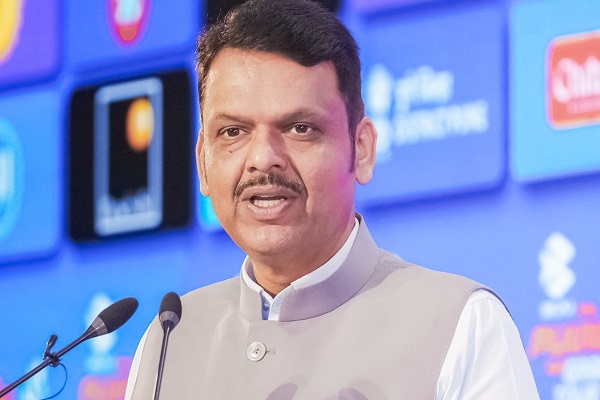ISRO sends European Space Agency`s Proba-3 mission to space
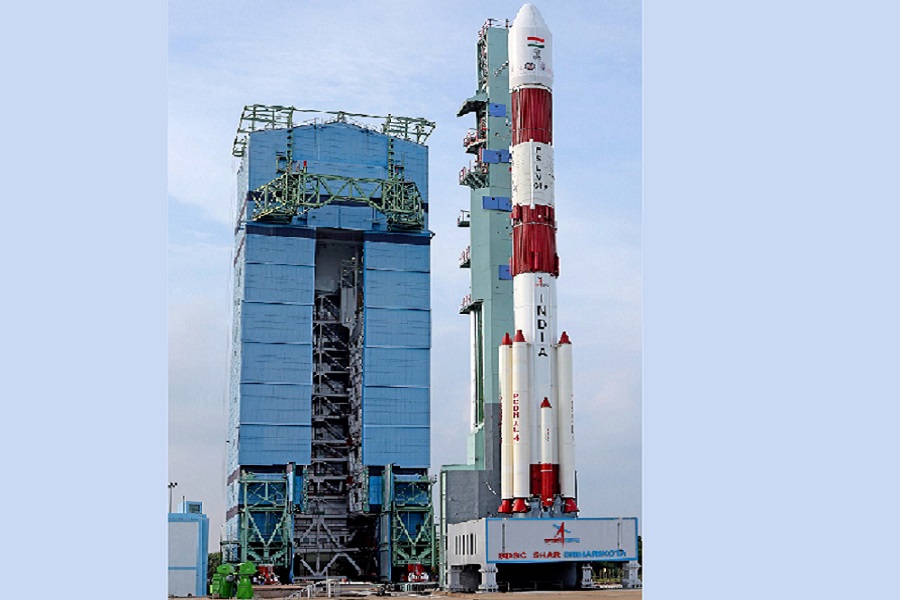
The Indian Space Research Organisation (ISRO) on Thursday successfully sent the European Space Agency (ESA) Proba-3 Sun observation mission atop the PSLV-C59 launch vehicle into space.
The mission lifted off from the First Launch Pad (FLP) at Satish Dhawan Space Centre (SDSC-SHAR), Sriharikota.
"PSLV-C59 has successfully soared into the skies, marking the commencement of a global mission led by NSIL, with ISRO’s technical expertise, to deploy ESA’s groundbreaking PROBA-3 satellites," the Indian space agency posted on X.
"A proud moment celebrating the synergy of international collaboration and India’s space achievements," it added.
ESA’s Proba-3 is the first mission to launch from India since the Proba-1 mission in 2001, underscoring deepening space collaboration between the two. The launch also reflects India’s growing contributions to global space exploration.
PSLV-C59 vehicle will carry the Proba-3 spacecraft into a highly elliptical orbit as a dedicated commercial mission of NewSpace India Ltd (NSIL).
The Proba-3 mission aims to study the Sun’s faint corona closer to the solar rim. It is an in-orbit demonstration (IOD) mission of the ESA, which aims to demonstrate precise formation flying.
"This mission, powered by NSIL with ISRO’s engineering excellence, reflects the strength of international collaboration. A proud milestone in India’s space journey and a shining example of global partnerships," ISRO said.
The launch was earlier postponed due to an undisclosed anomaly that occurred after the "countdown progressed smoothly".
The Proba-3 satellites were flown to the Chennai airport from Liege in Belgium, following which they were trucked to the spaceport at Sriharikota.
It consists of two spacecraft -- the Coronagraph Spacecraft (CSC) and the Occulter Spacecraft (OSC) -- and were launched together in a stacked configuration aboard the PSLV-XL rocket, the ISRO noted. It will be the 61st flight of PSLV and the 26th using PSLV-XL configuration.
According to the Indian space agency, the spacecraft will create a 144-metre-long instrument known as a solar coronagraph, enabling scientists to study the Sun's corona which is difficult to observe due to the brightness of the solar disk.
PSLV-C59 stands as a testament to ISRO's engineering prowess, with this mission being the 61st flight demonstrating the popularity of the PSLV-XL variant.
